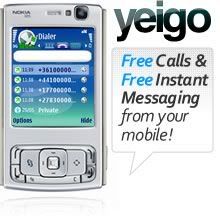 models. The Barracuda 7200.11 for desktops and Barracuda ES.2 enterprise PMR (perpendicular magnetic recording) hard drives deliver 1TB of capacity on a four-disk platform, 7,200-rpm spin speeds, and caches up to 32MB.
models. The Barracuda 7200.11 for desktops and Barracuda ES.2 enterprise PMR (perpendicular magnetic recording) hard drives deliver 1TB of capacity on a four-disk platform, 7,200-rpm spin speeds, and caches up to 32MB.Seagate claims the new Barracuda 7200.11 only draws 8-watts during idle and 11.6- watts during seek. Acoustically, the Barracuda 7200.11 generates around 27-to-29 decibels of noise during idle and seeking tasks. Both drives will begin shipping in volume during the third quarter of this year. Pricing for each is set at $399.99. Seagate becomes the third hard drive manufacturer to reach the 1TB mark after rival Hitachi launched its 7K1000 3.5-inch drives in January this year.
Hitachi’s 7K1000 also sells for around the $US399 price. Thanks to new levels of competition in the market sector, storage devices continue to get smaller in footprint and less expensive, while offering increased capacity and more desirable features, such as auto-backup and encryption.
You can read the complete Press Release by Seagate here

 Integration with GoogleTalk, MSN, Yahoo!, ICQ, AIM and Jabber: from your mobile you can now chat to other Instant Messaging users for free.
Integration with GoogleTalk, MSN, Yahoo!, ICQ, AIM and Jabber: from your mobile you can now chat to other Instant Messaging users for free. 






